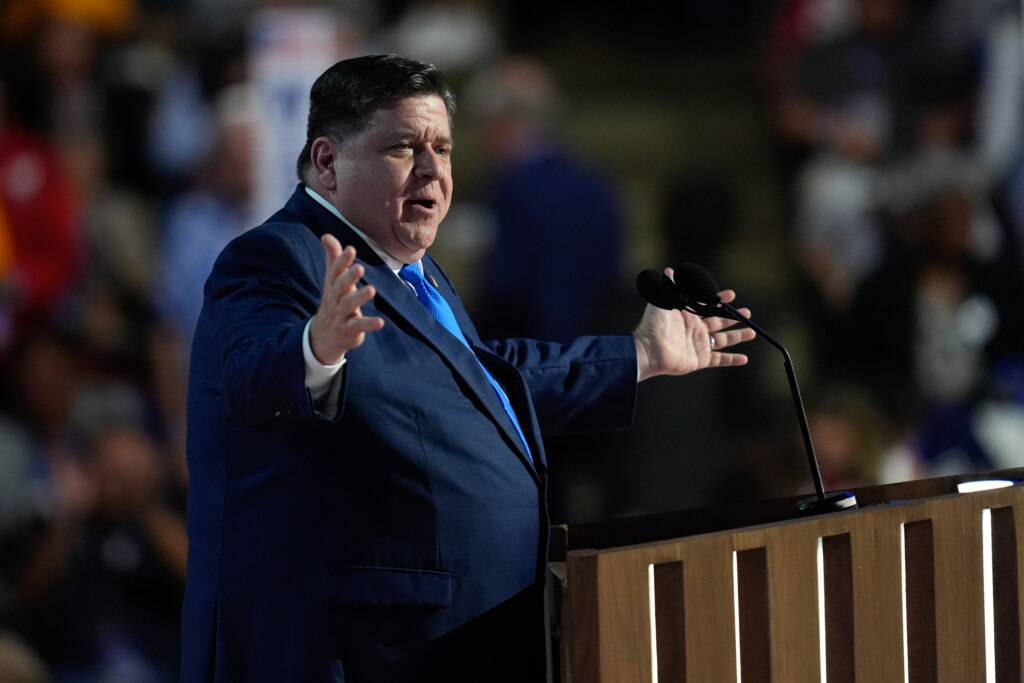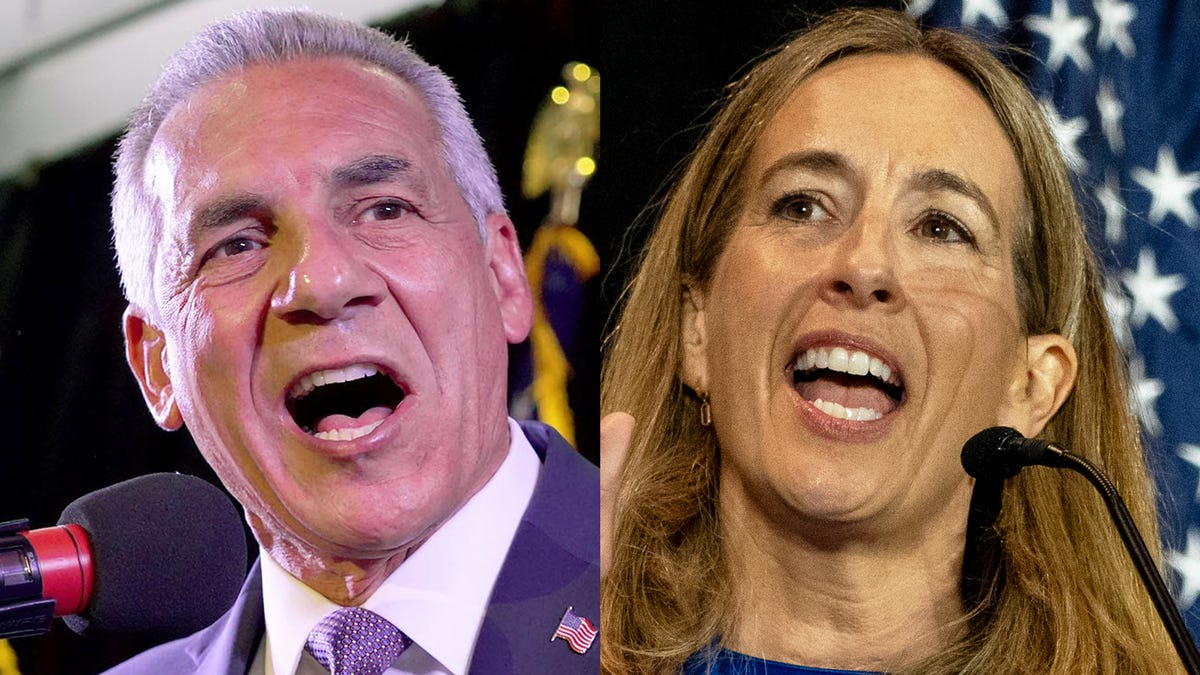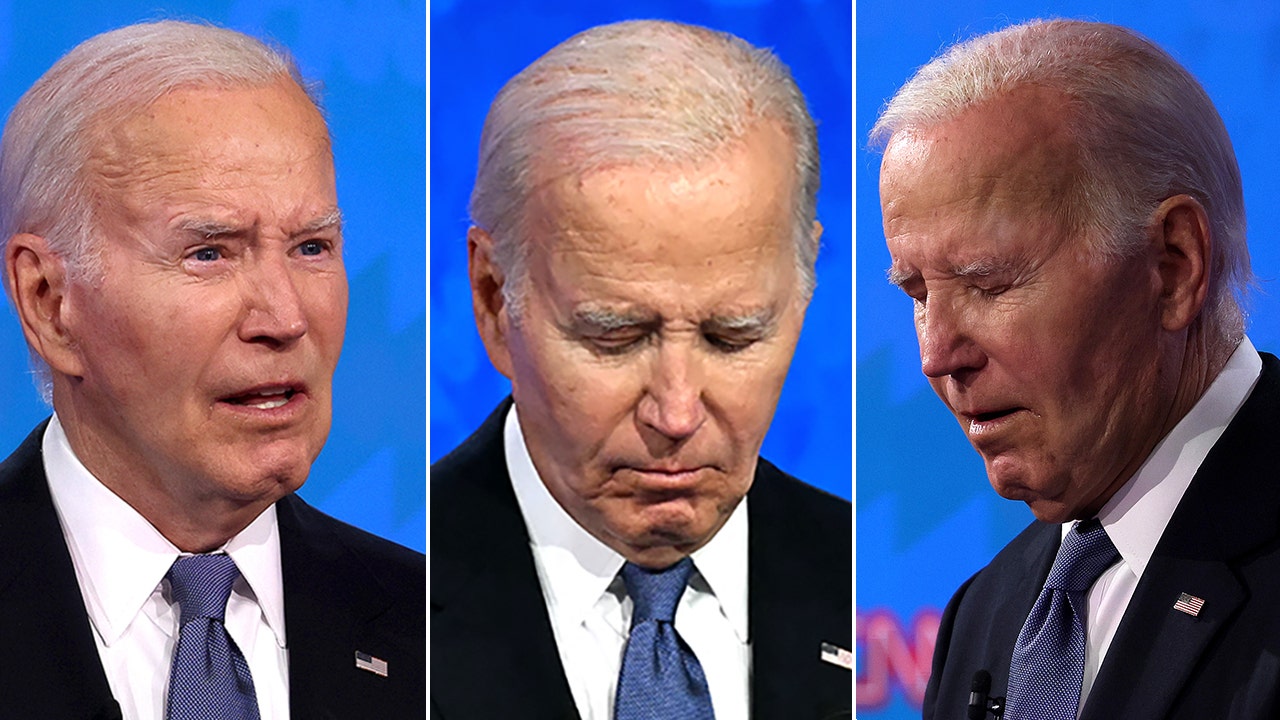J.B. Pritzker wants a third term as Illinois governor, but based on his history of boosting taxes and creating spending records, can Illinois afford him for four more years? Will the state grow even smaller as Illinoisans get fed up and leave?
Illinois Gov. J.B. Pritzker recently announced his plans to seek a third term, but can Illinoisans really afford another four years of him?
With the signing of Pritzker’s seventh budget, he paused his near-daily Trump bashing to declare, “After decades of mismanagement, Illinois is balancing our budgets, and the results are clear.” He framed the budget as a continuation of his administration’s commitment to fiscal responsibility and strategic investment.
Really, Gov. Pritznocchio?
Pritzker’s leadership has produced tax hikes, spending scandals and population loss – all of which are threats now and to Illinois’ future. “The results are clear,” all right, and here they are.
Tax, spending increases
Since taking office, Pritzker has increased state spending by more than $15 billion, far higher than previous Democratic or Republican governors, while burning through nearly $14 billion in one-time federal pandemic relief funds and hiking taxes and fees 49 times.
This represents a 37% jump since 2019.
Illinoisans already bear the highest combined state and local tax burden in the nation – averaging 16.5% of a family’s income. Despite these heavy burdens, Illinois ranks dead last in economic equity between Black and white residents, starkly contradicting Pritzker’s claim Illinois is a national leader in equity.
Pritzker tried to blame his multiple tax increases in this year’s budget as a precaution against the impact of Trump’s cuts. His relentless attacks on Trump, whether deserved or not, will ensure that at best the state and city will receive little help from the Trump administration, and at worst invite retaliation – which is the last thing Illinois needs.
Despite these record tax increases, the state is projecting a growing deficit, expected to hit $5.2 billion by fiscal year 2029. Illinois also holds the nation’s highest per capita debt, with government pension liabilities at $144 billion, although independent actuaries say the actual cost might be more than double that.
Combined state and local pension debt is twice the total of all neighboring states combined. Instead of reversing decades of mismanagement, Pritzker has aggressively used short-term gimmicks and chronic underfunding to make it worse. Pension contributions are $5.1 billion short of what experts said is needed to stay even.
Fiscal mishaps
Two scandals further encapsulate the fiscal recklessness of Pritzker’s tenure.
First, the Illinois Auditor General found the state overpaid $5.2 billion in fraudulent unemployment benefits in the first 18 months of the pandemic. Pritzker blamed the Trump administration, but the report found his Department of Employment Security delayed implementing anti-fraud safeguards recommended by the U.S. Department of Labor.
Additionally, the Health Benefits for Immigrant Seniors program cost $1.6 billion through July 2024, which was over eight times the original estimate. Pritzker increased funding without legislative approval, continuing a pattern of executive overreach. He similarly ruled by executive order during the COVID-19 pandemic, issuing over 100 orders, including 40 disaster declarations which prolonged shutdowns of schools and the economy, inflicting unnecessary, lasting damage on children and businesses alike.
Job loss and exodus
The state’s May unemployment rate stood at 4.8%, well above the national average of 4.2%. More concerning, however, is Illinois’ post-COVID job growth is driven almost entirely by government hiring, not by private-sector job creation. Illinois added roughly 32,000 government jobs while losing a disturbing 16,200 professional and business service jobs.
More people dependent on taxes for their pay, fewer taxable jobs and more taxpayers are moving out.
Since 2010, Illinois has lost 1.6 million residents, ranking third nationally in population loss behind only California and New York. The exodus is not just retirees seeking warmer weather: Indiana and Wisconsin are now top destinations. A recent survey found 54% of participants cited high taxes as the No. 1 reason for wanting to leave Illinois, outpacing crime and school problems.
What’s worse, those leaving Illinois earn significantly more than those arriving. In 2022, the average taxpayers who left made $124,000 per year, while the average taxpayer who entered Illinois earned $86,000 per year. Since 2010, the difference in income between those departing and arriving to the state has grown from $5,519 to $37,922.
While research shows Illinois’ net loss of households to other states occurs in every single income and age bracket, the most alarming is the exodus of high-income young professionals, ages 26–35 and earning over $200,000. This demographic is most critical to future tax revenues and has the biggest immediate and long-term impact on Illinois’ tax base.
Illinois leaders are, whether by incompetence or design, driving out wealthier, tax-contributing residents while attracting lower-income, often government-dependent populations – including large numbers of undocumented immigrants. Under Pritzker’s leadership Illinois has spent over $2.5 billion in state and local funds on migrant support, not including education costs.
Illinoisans can’t afford another Pritzker term. His continuous spending and taxing spree leaves little room for optimism. Worse, the next term would lack any federal COVID relief.
With budget deficits mounting, residents should brace for even higher taxes and fees – further accelerating the departure of both individuals and businesses.
Pritzker is leading Illinois toward a financial death spiral, driven by over-taxation, overspending and political self-interest. He keeps calling it progress, but ignores that it is in a swirling, downward direction.






























